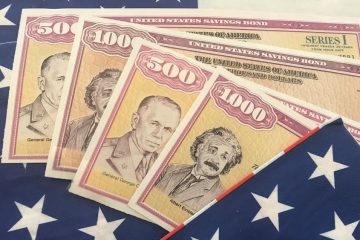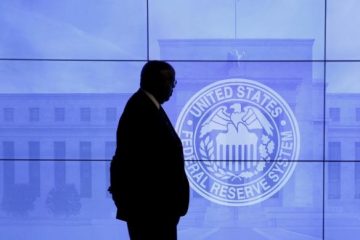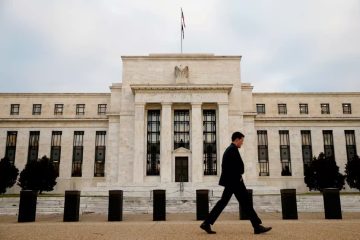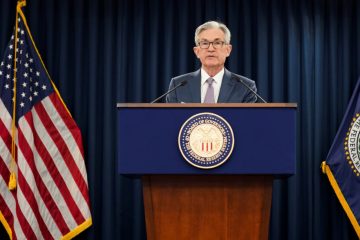Chinese yuan, India rupee to fall as U.S. Fed hike risks rise : Poll
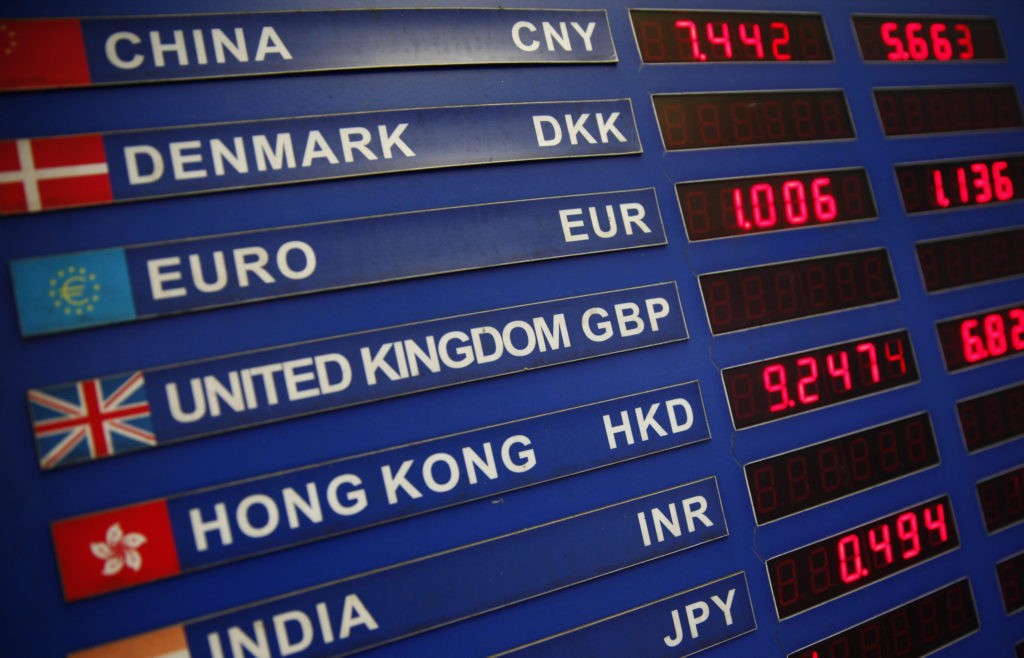
The Chinese yuan is expected to weaken more than previously thought in a year from now, as will India’s rupee, as a slowdown in growth in Asia and rising chances of a near-term interest rate hike in the U.S. boost the dollar, a Reuters poll found.
The survey of over 60 foreign exchange strategists, conducted Aug. 26-Sept. 1, showed the yuan is expected to slip to 6.80 by the end of February, and eventually to 6.89 by this time next year – a fall of more than 3 percent from Wednesday’s close of 6.68.
That 12-month consensus is the weakest in several years of Reuters polls and, if realised, would mark the lowest level for China’s closely managed currency since mid-2008 – just before the collapse of Lehman Brothers brought on a global recession.
The yuan is already down almost 3 percent this year and trading near six-year lows, although it has stabilised in recent months as the People’s Bank of China fixed higher mid-points and hopes for a near-term Fed rate hike started to recede.
But Fed Chair Janet Yellen and other U.S. policymakers last week brought the possibility of higher rates back on the table and signalled one could come as soon as this month.
That has sparked a dollar rally and broadly dented the outlook for emerging currencies.
A separate Reuters poll on Thursday confirmed investors began piling up short bets on the Chinese yuan again in the past two weeks after a brief period of bullishness, while long positions in the Indian rupee were more than halved.
“With a weakening economy and possibilities of policy tightening by the Fed, it is likely that Chinese authorities keep managing USD/CNY higher,” Guillermo Mondino, head of emerging market research at Citi wrote in a note.
“A continued march higher for USD/CNY is likely to have a negative impact on Asian FX more broadly, at least in terms of generating some underperformance.”
Activity in China’s factories unexpectedly picked up in August but the pace was still modest, an official survey showed on Thursday, suggesting growth in the world’s second-largest economy remains sluggish.
While the upbeat data may reinforce growing views that the PBoC won’t cut rates again soon, high levels of overcapacity in Chinese industries, any weakening in the housing market and soft exports will likely keep alive some hope for policy easing.
In the short-term much will depend on Friday’s U.S. employment report, which economists polled by Reuters expect will show 180,000 new jobs were created in August.
While a solid reading could help boost speculation about a rate hike as soon as this month and propel the dollar higher, poor data might do the opposite, especially since the November Fed meeting is just days before the U.S. presidential election.
INDIAN RUPEE TO TROUGH SOONER
The Indian rupee will likely perform slightly better than the yuan, but analysts expect it to trough only in six months before recovering marginally by August next year.
Bonds worth about $ 26 billion issued by the Reserve Bank of India in 2013 to shore up foreign reserves, amid a raging emerging market currency crisis, are set to mature beginning this month which is likely to lead to dollar outflows.
The Reuters poll showed the rupee would trade at 67.50 per dollar in one month, 68.50 by end February and 68.17 in a year, which would mark a decline of about 2 percent.
A handful of analysts who answered an additional question on how low they thought the rupee would go said around 69.00.
“Fundamentally speaking, the rupee has a built-in depreciation bias given the relatively higher inflation vis a vis its trading peers and sustained contraction of exports for more than 18-19 months,” said Rupa Rege Nitsure, economist at Larsen & Toubro in Mumbai.
“Even though the RBI will try to prevent excess volatility through intervention, it will not come in the way of orderly depreciation of the currency.”
India’s economic growth hit a 15-month low between April-June, data showed on Wednesday, owing to a decline in investment and consumption.
Consumer inflation, meanwhile, is running a percentage point over the RBI’s March 2017 5 percent goal, leaving little room to ease policy for incoming chief Urjit Patel, who markets expect will broadly follow Raghuram Rajan’s policies.

